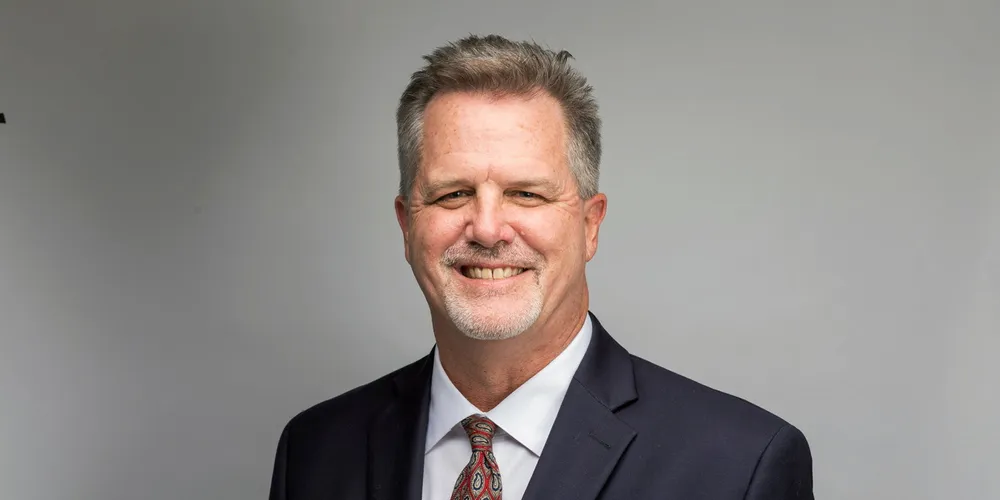'Ports the nexus' | Crowley talks to developer over 'first-mover' US Gulf offshore wind play
EXCLUSIVE | Unnamed sector big hitter opens discussions to support Gulf of Mexico projects from Louisiana, potential site of maritime pacesetter's third American coastal hub

Crowley has signed a ‘right of first refusal’ to lease and develop an offshore wind facility at Louisiana’s Port Fourchon, some 158km (97 miles) south of New Orleans.
The agreement would give Crowley right to lease and develop a 40-acre (16ha) site at the port for potential staging and assembly of offshore wind projects in the Gulf.
The company is already in talks with an anchor tenant for Port Fourchon – a developer that Andreini said he could not disclose – for project marshalling.
The moves reflect the 130-year firm’s goal of getting to the “top of the food chain”, he said.
“Ports are really that nexus point; everything runs through there with respect to the supply chain,” he said. “So that's why it's our number one, strategic vertical – we control the port.”
Then, “we can get involved in a number of different things from logistics, to feedering using our tugs and barges, and warehousing.”
Port Fourchon, managed by the Greater Lafourche Port Commission (GLPC), is currently a major oil & gas port with significant pipeline infrastructure.
GLPC executive director Chett Chiasson, said: “Crowley’s forward-thinking vision aligns perfectly with our goals at the GLPC to further our role as a leading service supply port for all forms of energy, including wind.”
It has a well-established oil & gas supply chain that “can translate over to offshore wind fairly quickly”, Andreini said, with a deep draft to accommodate the sector’s massive vessels and ready access Gulf of Mexico.
Fourchon has been the centre point for oil & gas “for many, many years”, Andreini said. “They want to be the same thing for offshore wind.”
Crowley sees major and sustained growth in the offshore wind sector in the Gulf and around the country.
“That's just the initial foray into the Gulf,” predicts Andreini. “There’s going to be more.”
Slow and low
Wind speeds of around 7.4 metres per second (m/s) are weaker than either the Atlantic or Pacific coasts, and the Gulf experiences frequent hurricanes that will require more robust industrial infrastructure, adding to development and operation costs.
High costs will make offshore wind a hard sell for GoM coastal states where power prices are below national averages. Louisianans pay 13.59 cents per kWh, compared to 23.66 cents/kWh for New Yorkers, according to the US Energy Information Administration.
Green hydrogen
Louisiana and Texas together consume 90% of the nation’s hydrogen supply mostly in vast refineries and fertiliser plants. This highly polluting ‘grey hydrogen’ could be replaced with offshore wind-powered green hydrogen.
The state’s industrial sector generates 60% of its emissions, compared to an average of less than 20% for the nation.
If the Gulf sector “does go for green hydrogen, being able to act as a logistics provider for offtake is something that is of interest to us as well,” said Andreini.
(Copyright)